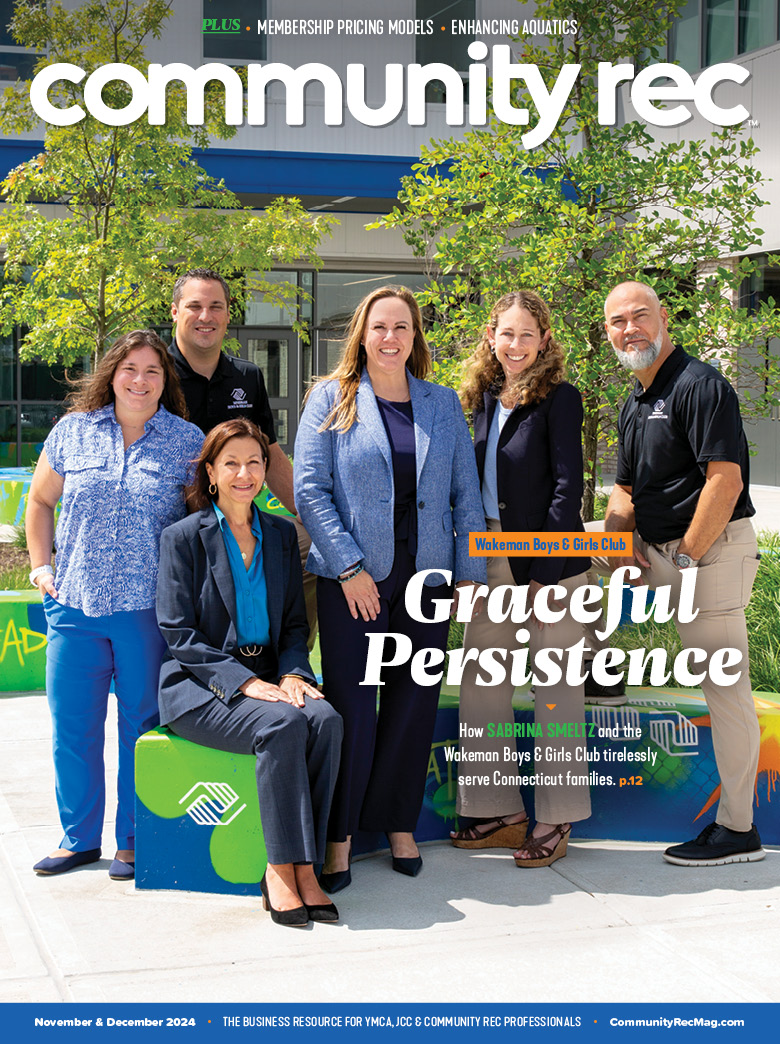A common trend for fitness centers — including community recreation organizations — is the conversion of racquetball courts into a new Group X or personal training area. However, this trend doesn’t apply to all facilities in the industry.
According to Frank LaManna, the fitness and wellness supervisor at the Bowling Green Parks and Recreation Fitness Facility (BGPR Fitness) in Bowling Green, Kentucky, racquetball is still a viable option for engaging members. “There is a segment of the fitness population that does not want to do traditional weight training or aerobics to accomplish physical fitness and improve well-being,” he explained.
The same can be said for Cabot Parks and Rec in Cabot, Arkansas, where the presence of racquetball courts tends to be a good selling point for the facility.
“A lot of new residents, or those interested in our facility for the first time, are happy to know we have that space to offer,” said Mariela Hernandez, the facility’s community center director. “It definitely draws them to our facility.”
Most of racquetball’s appeal for members is in its health benefits — even mental health benefits — for participants of all ages and skill levels. Because the rules are a bit simpler and participants are playing in a more confined space, racquetball requires less skill and can be less intimidating to try for the first time than basketball, for example.
“Racquetball offers our players the ability to be physically active, improve cardio-respiratory fitness, increase eye-hand coordination and vision acuity, and condition the body for quick reactions, responses and movements that may mirror activities for daily living,” said LaManna. “This may help improve a participant’s overall balance, as well as mental wellness.”
In spite of all its health benefits, racquetball is still not considered a “traditional” sport, and might require a marketing boost to start getting good participation.
While Cabot Parks and Rec mostly markets its racquetball offering on facility tours, BGPR Fitness markets the game outside its walls. “We promote this activity at health and community expos, and with flyers about our facility and the fitness programs we offer,” shared LaManna. “In addition, from time to time, we may promote our facility and programs by appearing on local TV shows of community interests.”
Of course, the needs of your facility should always take precedence in any decision-making — if racquetball simply doesn’t resonate with your members, it might be time to repurpose that space.
However, if you believe it can still consistently draw decent participation, offering racquetball can help some members in your facility find their own community. “We have several groups that have been playing racquetball for quite some time,” said LaManna. “One group of players have been playing consistently, every Tuesday and Thursday, for over 25 years. Another group has been playing for almost 10 years. We’re glad to offer this option for those seeking it.”










